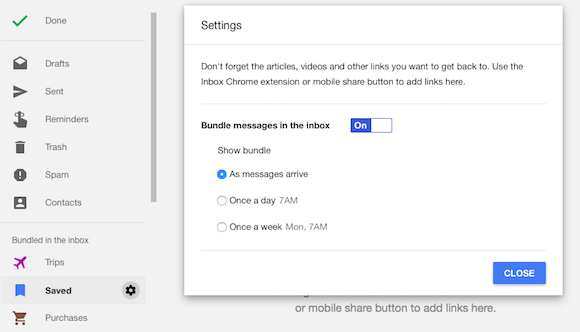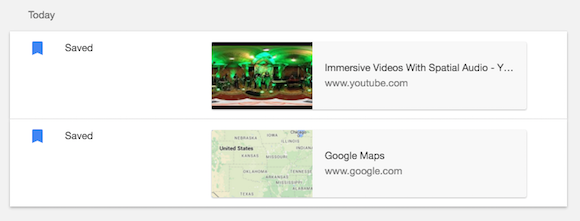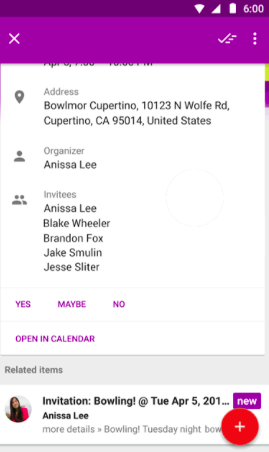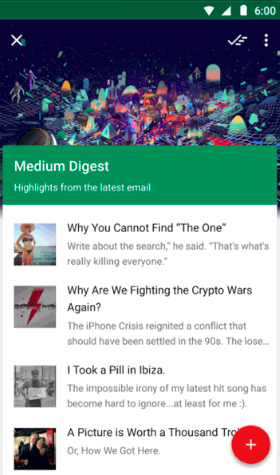Google Inbox has a new bundle called "saved". When you click it, you get this description: "Don't forget the articles, videos and other links you want to get back to. Use the Inbox Chrome extension or mobile share button to add links here."
The Inbox Chrome extension has been launched today and it's only useful for saving links and sharing pages via email.


Now you no longer have to send yourself messages with links to pages you want to read later. The links are added to the inbox and they're also saved as reminders. It's strange that you can't add links from the Google Inbox interface and you have to use a Chrome extension or the share feature from Android.
Another interesting feature groups the messages related to a Google Calendar event. "Inbox now gathers emails from a single event together and shows you what's changed at a glance. When you tap on an event, you'll see a comprehensive overview, all in one place," informs Gmail's blog.

Inbox has a new interface for newsletters, which highlights the articles, so you can open them faster. Apparently, the new interface is only displayed for newsletters you read often and it also includes a preview that's hidden after you've opened the newsletter.

{ Thanks, Allan Medeiros de Azevedo. }
The Inbox Chrome extension has been launched today and it's only useful for saving links and sharing pages via email.


Now you no longer have to send yourself messages with links to pages you want to read later. The links are added to the inbox and they're also saved as reminders. It's strange that you can't add links from the Google Inbox interface and you have to use a Chrome extension or the share feature from Android.
Another interesting feature groups the messages related to a Google Calendar event. "Inbox now gathers emails from a single event together and shows you what's changed at a glance. When you tap on an event, you'll see a comprehensive overview, all in one place," informs Gmail's blog.

Inbox has a new interface for newsletters, which highlights the articles, so you can open them faster. Apparently, the new interface is only displayed for newsletters you read often and it also includes a preview that's hidden after you've opened the newsletter.

{ Thanks, Allan Medeiros de Azevedo. }
Comments
Post a Comment